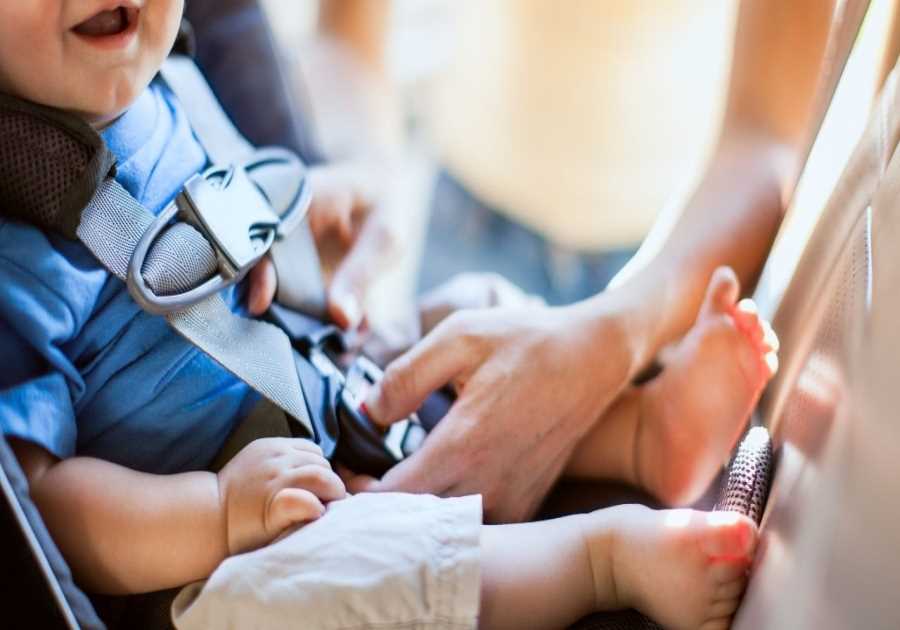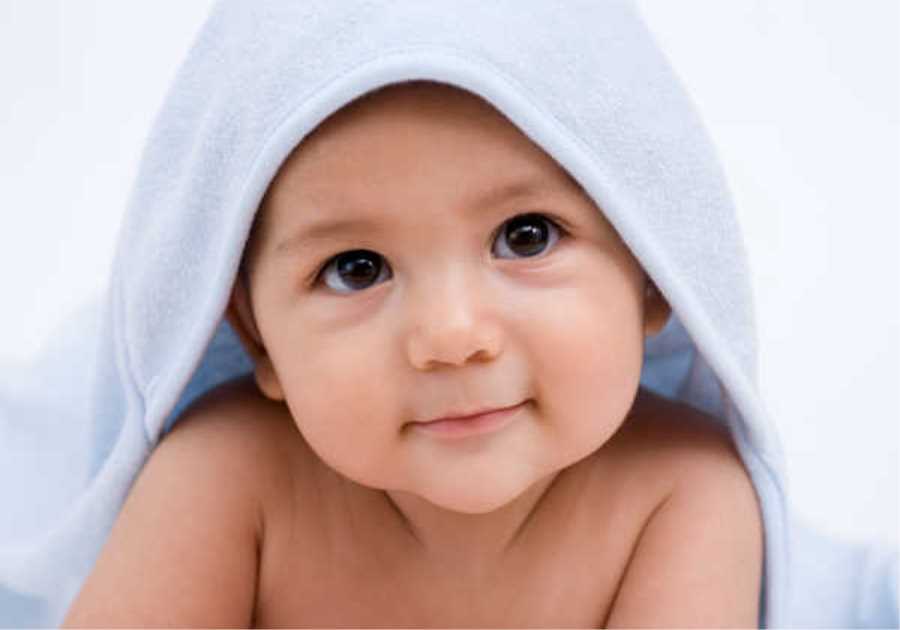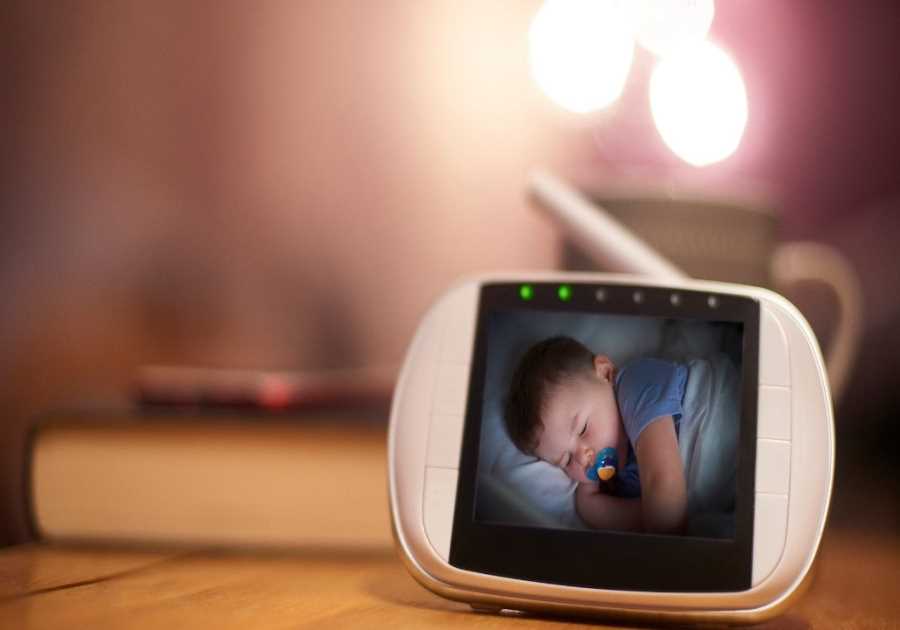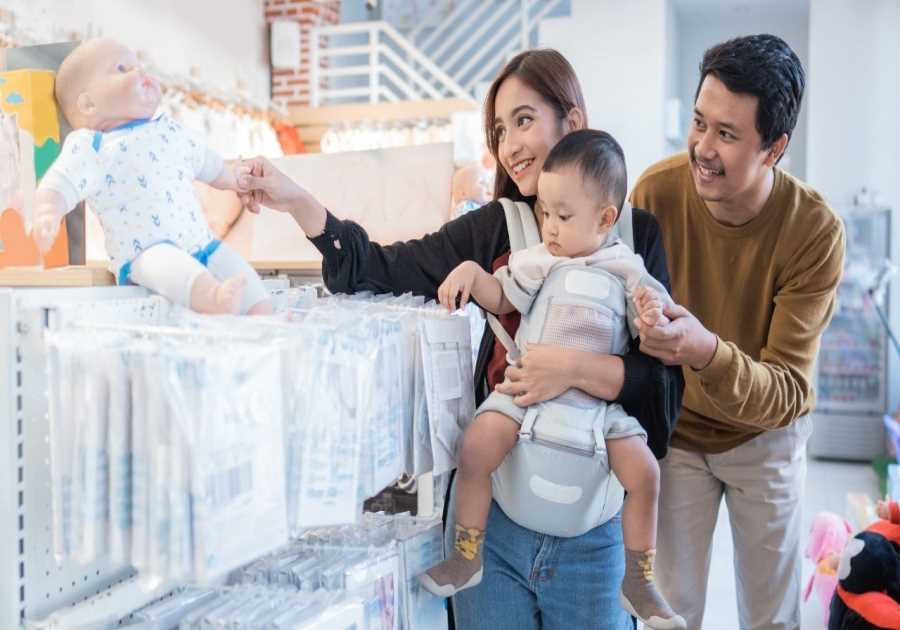As a new parent, your top priority is keeping your baby safe and protected at all times. It can be overwhelming to navigate the world of baby products and safety gear, but with the right essentials, you can have peace of mind knowing that your little one is always secure. From car seats to first aid kits, there are several must-have items that every parent should invest in.
One of the most important safety essentials for any parent is a reliable car seat. Whether you're taking a quick trip to the grocery store or embarking on a long road trip, a properly installed car seat can save your child's life in the event of an accident. Additionally, strollers are another essential item for parents on-the-go. Not only do they provide a comfortable and convenient way to transport your baby, but many modern strollers also come equipped with safety features such as five-point harnesses and adjustable sunshades. With these two items alone, you'll be well-equipped for any outing with your little one.
Car Seats and Strollers
You're going to love how easy it is to keep your little one safe and sound on the go with these top-rated car seats and strollers. When it comes to choosing a car seat, you'll want to consider whether a convertible or an infant seat is right for you. Convertible car seats offer longevity as they can be used from birth all the way up until toddlerhood, while infant seats are specifically designed for newborns and typically have a lower weight limit.
As for strollers, there are two main types: lightweight and all-terrain. Lightweight strollers are perfect for everyday errands and travel as they're easy to maneuver and fold up compactly. On the other hand, all-terrain strollers are built with bigger wheels that can handle various terrains such as gravel paths or uneven sidewalks. Choosing the best stroller for your lifestyle depends on factors such as where you live, your daily activities, and whether you plan on jogging with your baby. With these safety essentials in tow, you can rest assured that your little one will be protected every step of the way.
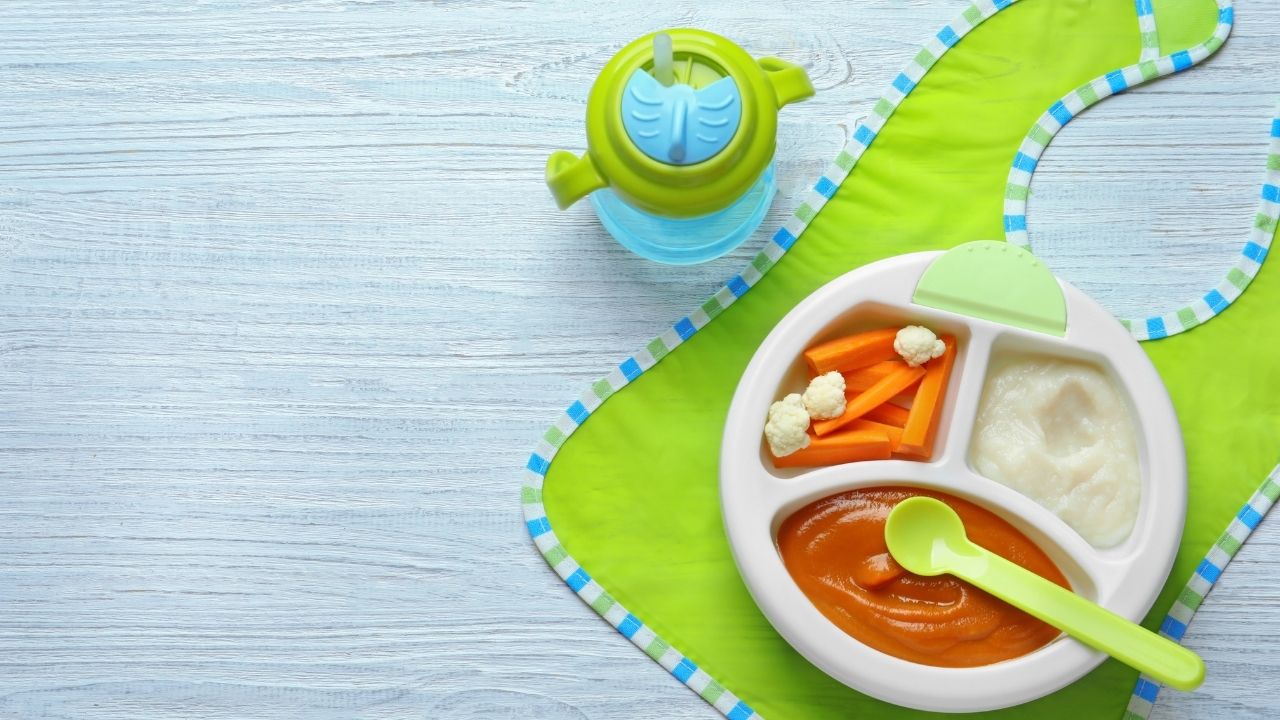
Now that you've got the perfect car seat and stroller set up sorted out, let's talk about another important aspect of creating a safe environment for your baby - baby gates and playpens.
Baby Gates and Playpens
If you're a parent, chances are you've felt like a lion tamer at some point - with a baby gate or playpen as your trusty whip and chair. Baby gates and playpens are essential safety tools that help keep your little one out of harm's way. Here are some things to consider when choosing the right product for your home.
Versatility vs. Security: Choosing the Right Baby Gate for Your Home
Consider the width of the doorway or stairway where you plan to install the gate.
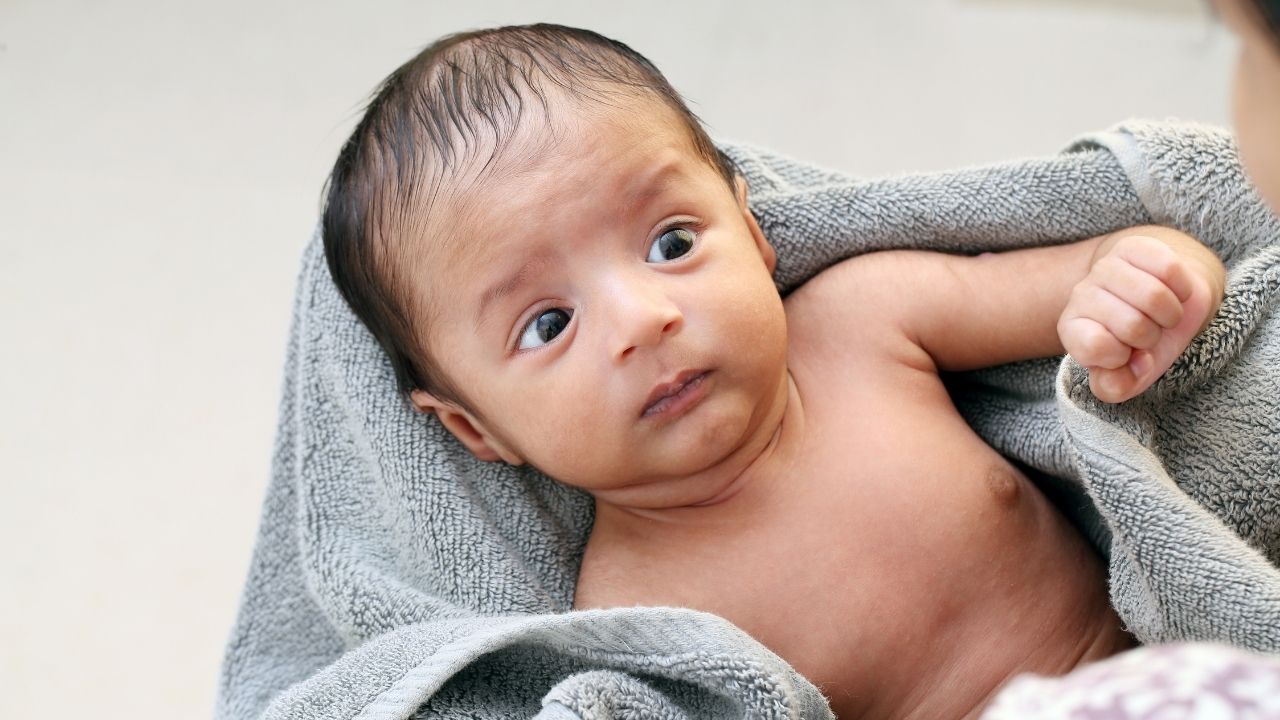
Look for gates with hardware-mounted options for added security.
If you need to move the gate frequently, consider pressure-mounted gates instead.
Playpen Pros and Cons: Is it Worth the Investment?
Playpens can be used indoors or outdoors, providing a safe space for your baby to play.
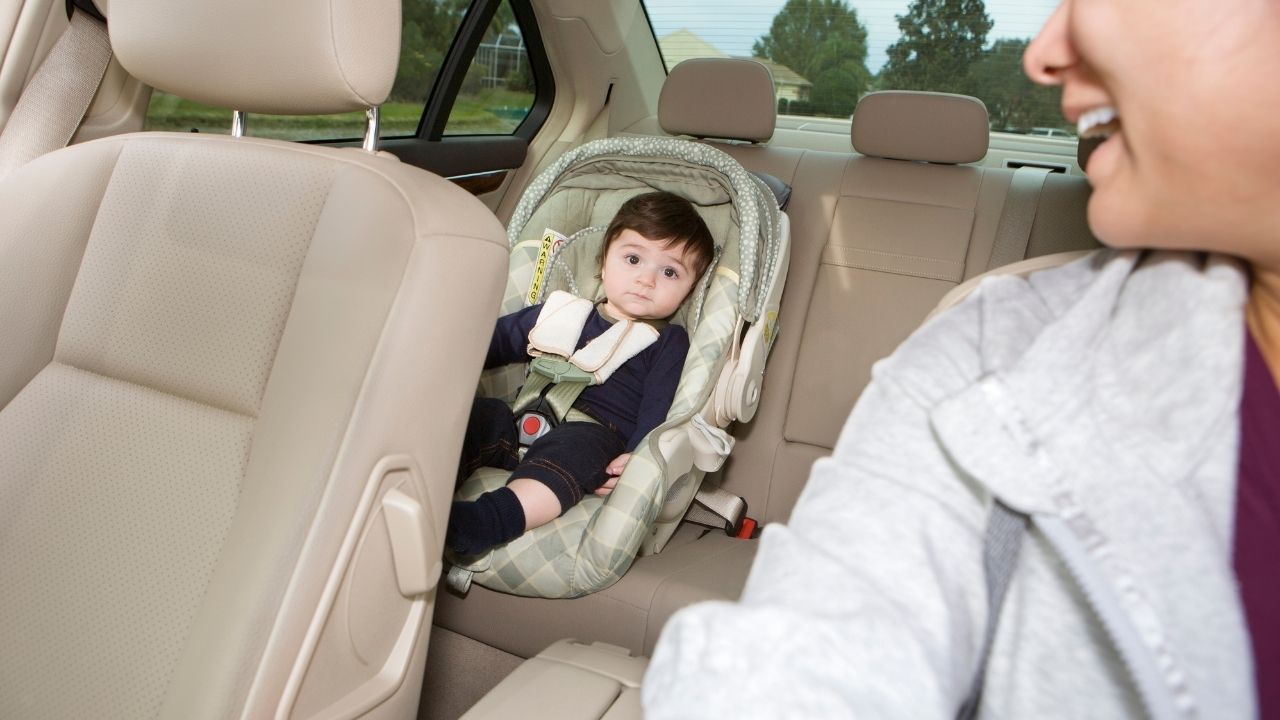
Some parents feel that playpens limit their child's freedom to explore and learn.
If you have limited space in your home, a playpen may not be worth the investment.
Now that you have secured areas with baby gates and playpens, it's time to think about protecting your little one from electrical hazards. Let's take a look at outlet covers and cord protectors.
Outlet Covers and Cord Protectors
When it comes to outlet covers and cord protectors, there are a variety of types available on the market. From simple plastic plugs to more complex sliding plates, each option offers its own unique level of safety. Proper installation and usage is crucial in ensuring these products do their job effectively - make sure you follow the manufacturer's instructions carefully and regularly check for wear and tear.
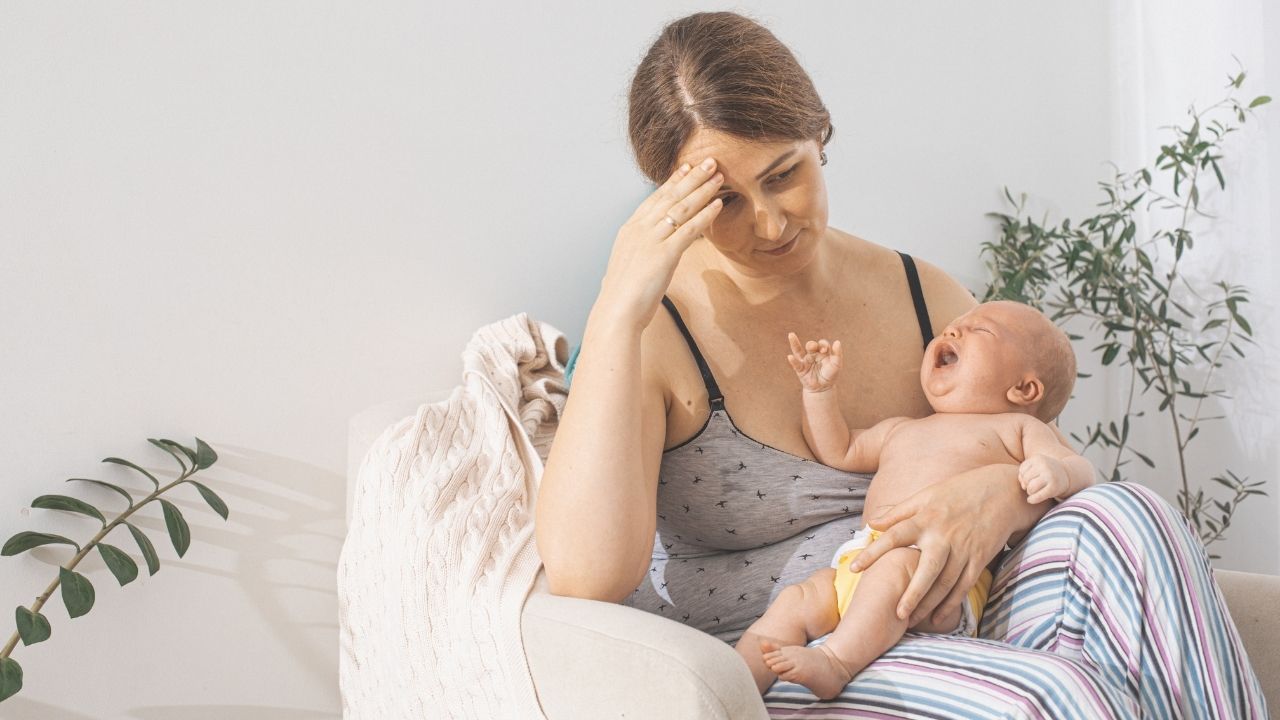
Types of outlet covers and cord protectors
Keep your little one safe by using outlet covers and cord protectors, which can prevent accidental electrocution or strangulation. Childproofing tips recommend that you use these safety essentials in every room of the house where there are electrical outlets or cords within reach of your baby's curious hands. Here are the types of outlet covers and cord protectors to choose from:
- Plastic Outlet Covers: These are easy to install and remove, and they come in different colors to blend with your wall paint. They fit snugly into the outlet slots, so your baby cannot access the electrical current.
- Sliding Plate Covers: These are more secure than plastic covers because they have a locking mechanism that prevents your child from removing them. You slide them over the outlet when not in use, and slide them back when you need to plug something in.
- Cord Shorteners: These devices keep excess cords up high on walls or furniture, so that your baby cannot pull on them or get tangled up. They also help eliminate tripping hazards for adults.
- Cord Concealers: These plastic tubes cover long cords running along floors or walls, keeping them out of sight and out of reach. They also make it easier to vacuum around furniture without unplugging anything.
To ensure electrical safety precautions for your baby, it is crucial that you follow proper installation and usage guidelines for outlet covers and cord protectors.
Proper installation and usage
Make sure you're properly installing and using outlet covers and cord protectors to keep your little one safe and sound. It's important to ensure these safety essentials are installed correctly, as common mistakes with proper installation and usage of baby safety products can lead to accidents. Make sure the outlet cover is tightly secured over the entire socket, with no gaps or exposed parts visible. For cord protectors, ensure all cords are completely enclosed within the protector, leaving no loose ends that could be grabbed by curious little hands.
It's also crucial to use these products consistently and appropriately. Don't remove outlet covers or cord protectors once they're installed, even if you think your baby won't be in that particular room or area for a while. Children grow quickly and can reach things faster than we expect! Also remember to never overload outlets or extension cords, as this creates a fire hazard. With proper installation and usage of these safety essentials, you'll have peace of mind knowing your baby is protected every step of the way. Now let's move on to cabinet and drawer locks for another layer of protection in your home.
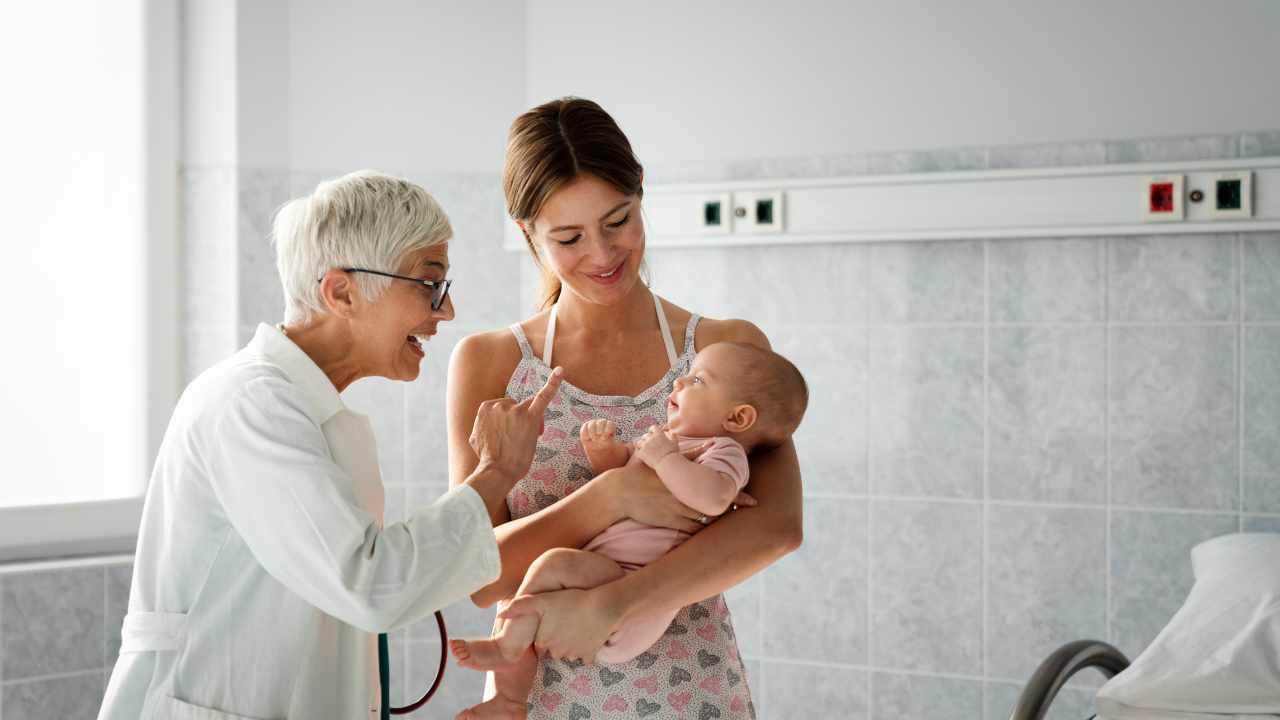
Cabinet and Drawer Locks
You'll want to grab some cabinet and drawer locks for your little explorer's curious hands. As soon as your baby starts crawling or walking, they will start exploring every nook and cranny of the house. Cabinets and drawers are a big attraction for babies, and if not childproofed properly, can pose serious safety hazards. Here are some installation tips and childproofing strategies to keep in mind when getting started:
- Magnetic locks: These locks work by using a key that activates the magnet inside the lock. They are easy to install with adhesive tape and do not require drilling holes into cabinets or drawers.
- Spring-loaded latches: These latches use a spring mechanism that keeps cabinets or drawers locked until you press on them with enough force to release the latch.
- Corded locks: Corded locks allow you to open multiple cabinet doors or drawers with one lock. You simply thread a cord through each handle or knob, then loop it around the lock mechanism before pulling it tight.
- Sliding locks: Sliding locks attach directly onto cabinet knobs or handles, making them an ideal solution for renters who cannot drill holes into their cabinetry.
With these options available, you can choose what works best for your family's needs while keeping your curious little ones safe from harm. Next up: baby monitors!
Baby Monitors
Oh, so you're thinking about getting a baby monitor? Well aren't you just the epitome of modern parenting. But in all seriousness, investing in a baby monitor is one of the best things you can do to ensure your little one's safety. With advancements in wireless technology, today's monitors come with video capabilities that allow you to keep an eye on your baby from another room or even when you're away from home.
There are two main types of baby monitors: audio and video. Audio monitors transmit sound only and are often more affordable than their video counterparts. Video monitors, on the other hand, offer both sound and visual monitoring capabilities - allowing parents to see not only if their child is crying but also what they may be doing (e.g., rolling over). Many models also come equipped with night vision technology for low-light settings. When choosing a monitor, it's important to consider factors such as range, battery life, and ease of use to find the perfect fit for your family's needs. But no matter which type you choose, having a baby monitor gives parents peace of mind knowing that they can always keep an ear (and eye) out for their little ones - especially during nap time or at bedtime when accidents are most likely to occur.
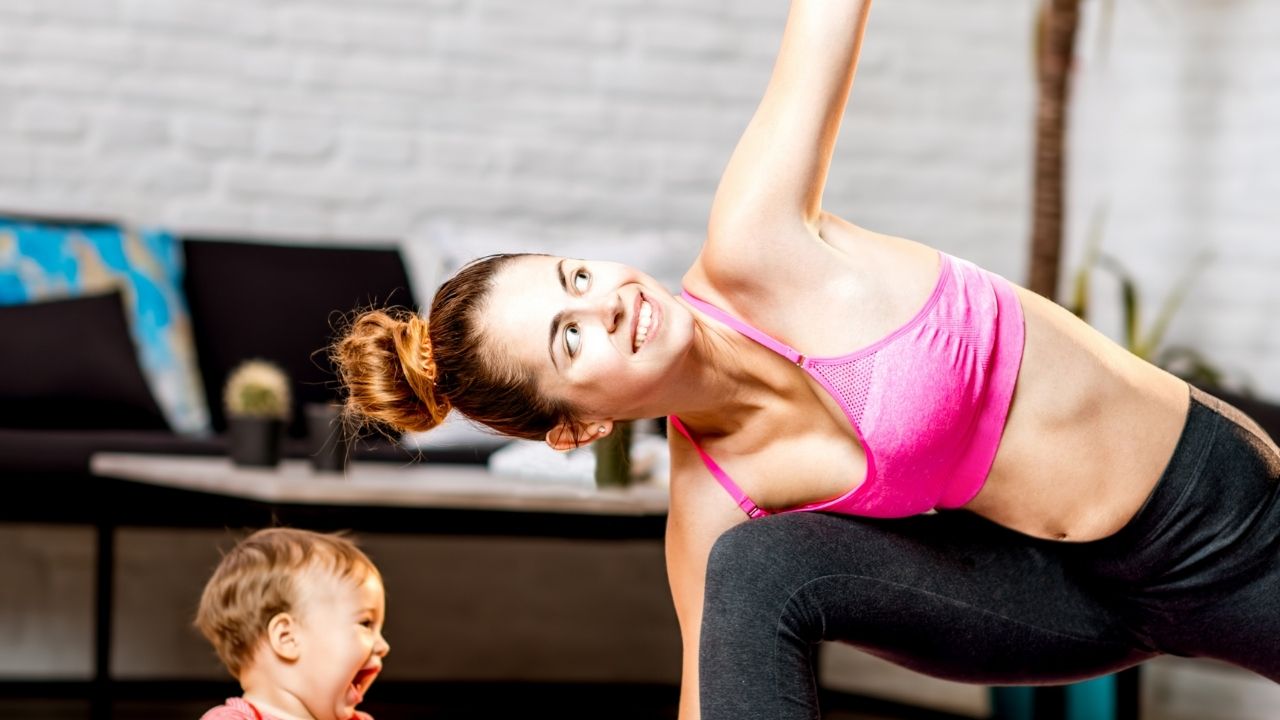
Speaking of accidents... Next up on our safety essentials list: first aid and emergency kits!
First Aid and Emergency Kits
When it comes to first aid and emergency kits, it's essential that you have the right items on hand. Some must-have products include band-aids, gauze, antiseptic wipes, and adhesive tape. Additionally, it's important to be prepared for emergencies by having a plan in place and knowing where to access resources such as CPR training or emergency services.
Essential items to include in a first aid kit
If you want to be well-prepared for any unexpected accidents or injuries, it's important to include certain items in your first aid kit. Whether you're at home or traveling, having the right supplies can make all the difference in handling a medical emergency. When creating a first aid kit for your home, consider including items such as bandages of various sizes, gauze pads, adhesive tape, antiseptic wipes or solution, tweezers, and scissors. It may also be helpful to have a thermometer and pain relievers on hand.
When creating a first aid kit for travel purposes, you'll need to adjust your supplies based on where you're going and what activities you'll be participating in. If you're headed somewhere remote or off-the-beaten-path, it's especially important to pack extra supplies such as wound dressings and insect bite treatments. In addition to basic first aid items like those mentioned above, consider adding medications specific to any health conditions you have such as asthma inhalers or EpiPens. By preparing ahead of time with the right supplies for common first-aid scenarios like wounds and allergic reactions both at home and on the go will help keep your little one safe from harm.

Emergency preparedness tips and resources
Being prepared for emergencies is important, especially when it comes to the safety of your baby. It's crucial to have a plan in place and gather all the necessary supplies so that you can respond quickly and effectively in case of an emergency evacuation or disaster response. A great way to start is by consulting resources such as FEMA, Red Cross, or local emergency management agencies. These organizations offer valuable information on how to create an emergency plan for your family and what essential items you should have on hand.
When developing an emergency plan, consider different scenarios such as fires, floods, tornadoes, or earthquakes. Identify safe routes out of your home or neighborhood and practice them with your family regularly. Also, make sure everyone knows where to meet up in case you get separated during an evacuation. As for essential supplies, think about food and water (enough for at least three days), first aid kit, medications (if applicable), blankets/sleeping bags, flashlights with extra batteries, radio (battery-powered or hand-cranked), cash/credit cards/debit cards (in a waterproof container), and personal hygiene items. By being prepared and having these items readily available in case of an emergency situation will help keep your baby safe every step of the way!
Frequently Asked Questions
How often should I replace my baby's car seat?
When it comes to your baby's car seat, it's important to know that they have a lifespan. Safety regulations dictate that car seats should be replaced every six to ten years, depending on the manufacturer's recommendations. It's also recommended that you replace a car seat if it has been in an accident, as even minor collisions can compromise its safety features. Additionally, as your child grows and their needs change, you may need to upgrade or switch to a different type of car seat. By staying up-to-date on these guidelines and ensuring your baby always has a safe and secure ride, you're taking an important step in protecting them every step of the way.
Can I use a playpen as a substitute for a baby gate?
Looking for a playpen alternative as a substitute for a baby gate? While it may seem like an easy solution, there are pros and cons to consider. On the plus side, playpens can provide a larger area of confinement and can also be used for playtime, whereas baby gates are typically used only for safety purposes. However, playpens can take up more space and may not fit in all areas of your home. Additionally, they may not be as sturdy or secure as baby gates designed specifically for safety reasons. Ultimately, it's important to weigh the benefits and drawbacks before deciding on whether or not to use a playpen as a substitute for a baby gate.

How do I properly secure outlet covers and cord protectors?
Keeping your little one safe from electrical hazards is crucial, and that's where outlet safety and cord management come into play. First, always use outlet covers to prevent curious fingers from getting shocked. Make sure the covers fit snugly and cannot be easily removed by your child. For cords, use cord protectors that cover any exposed wiring or cables to prevent tripping hazards or accidental yanks. Additionally, keep cords out of reach by placing furniture in front of outlets or using zip ties to secure them against walls or baseboards. Remember, proper outlet safety and cord management can go a long way in keeping your baby protected from potential dangers around the home!
Are there any specific brands of cabinet and drawer locks that are recommended?
When it comes to securing your cabinets and drawers, there are a few top rated brands that you can trust. Some of the best options include Safety 1st, Dreambaby, and Munchkin. These brands offer a variety of different locks to fit your needs, whether you have knobs or handles on your cabinets and drawers. When installing these locks, make sure that they are placed high enough so that little ones cannot reach them. It is also important to test the lock after installation to ensure that it is properly secured and working correctly. With these tips in mind, you can keep your baby safe from potentially harmful household items.
What items should be included in a comprehensive first aid and emergency kit for my baby?
When it comes to keeping your baby safe and protected, having a comprehensive first aid and emergency kit is essential. Top rated bandages should be included in your kit, along with other items such as gauze pads, alcohol wipes, and tweezers. It's important to also educate yourself on the proper use of childproofing products such as cabinet locks, outlet covers, and corner guards. By taking the time to prepare for potential emergencies and accidents, you can have peace of mind knowing that you are equipped to handle any situation that may arise. Remember to always keep your first aid kit fully stocked and easily accessible in case of an emergency.
Conclusion
So, there you have it - a list of safety essentials to protect your little one every step of the way. As a parent, it is your responsibility to ensure that your child is safe and secure at all times. These products are designed to help you do just that.
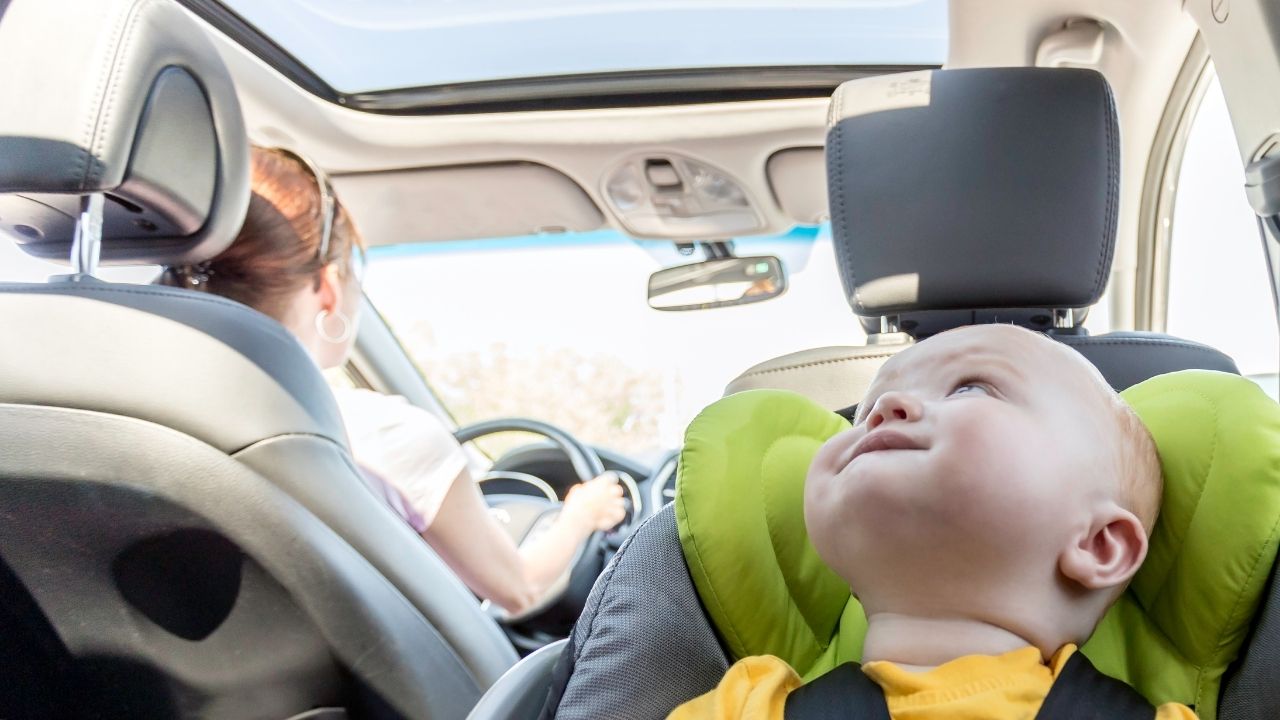
Remember, accidents can happen in the blink of an eye, so it's essential to be prepared. By taking the time to invest in these must-have safety products, you'll be providing your baby with the protection they need as they grow and explore their environment. As a seasoned parent, I urge you not to take any risks when it comes to your child's safety. Keep them protected with these essential items and enjoy peace of mind knowing that they're safe and sound.
.png)
